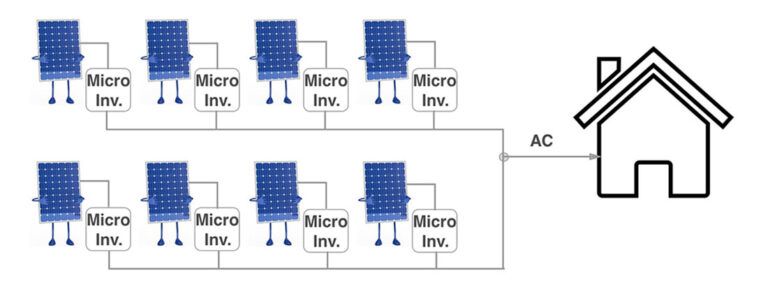Solar Inverter
 What is solar inverter?
What is solar inverter?
The solar inverter is one of the most important components in the solar power generation system. It converts the variable direct current (DC) output of photovoltaic (PV) solar panels into 240V alternating current (AC). This AC power can then be fed into your home to operate your appliances.
Then, the unused electricity in your home is either fed into the grid (power line) or fed into the home battery storage. The new hybrid inverter includes an integrated battery management system. Long-lasting solar power generation systems require high-quality inverters with powerful convection cooling systems.
Types of solar inverters
There are five main types of solar inverters, they are as follows:
1. Micro inverter
Do not confuse it with power optimizer. The power optimizer tends to send the collected power to the central inverter to convert direct current to alternating current, while the micro inverter installed for each panel tends to optimize the power of each panel at the module level. Therefore, the conversion of direct current to alternating current occurs in each inverter connected to each panel. Therefore, shadows on one panel will not affect other panels, thereby reducing variation or not affecting optimal efficiency. In addition to commercial use, micro-inverters have also been selected as the best home solar inverters. Although they used to be expensive in the past, their prices have recently fallen to a reasonable level.
2. Central inverter
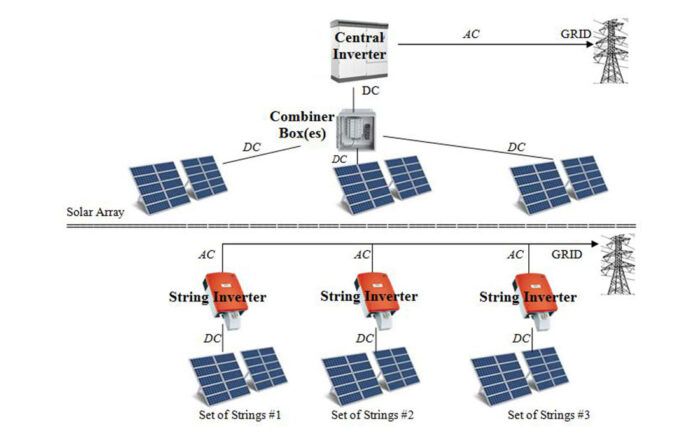
3. String inverter
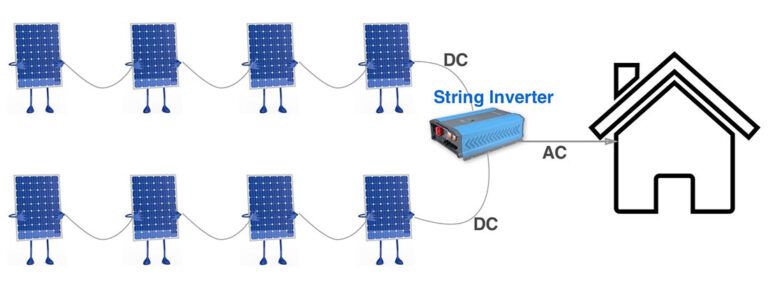
4. Hybrid solar inverter
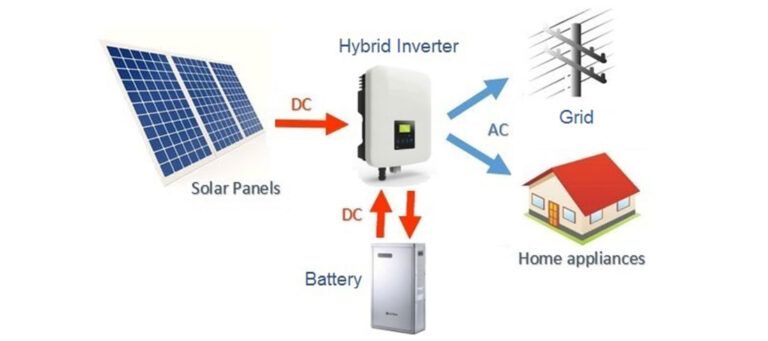
5. Battery-based inverter/charger
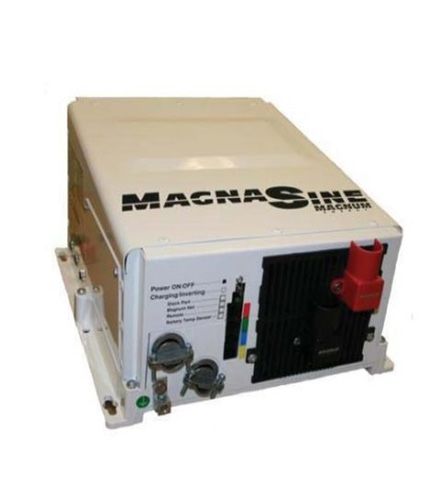
This type of inverter can be an off-grid, grid-connected or grid-connected inverter.
With the help of the inverter/charger, the generator’s AC power is converted to DC power for battery power, and DC power is converted to AC power to provide continuous power supply for critical loads.
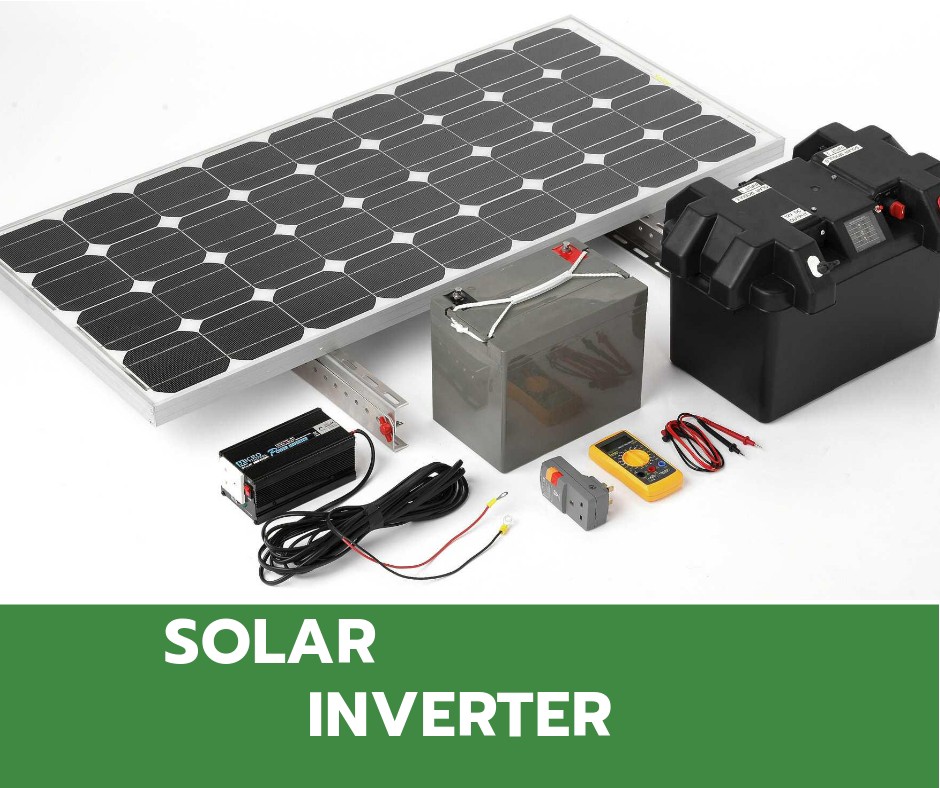 What is solar inverter?
What is solar inverter?